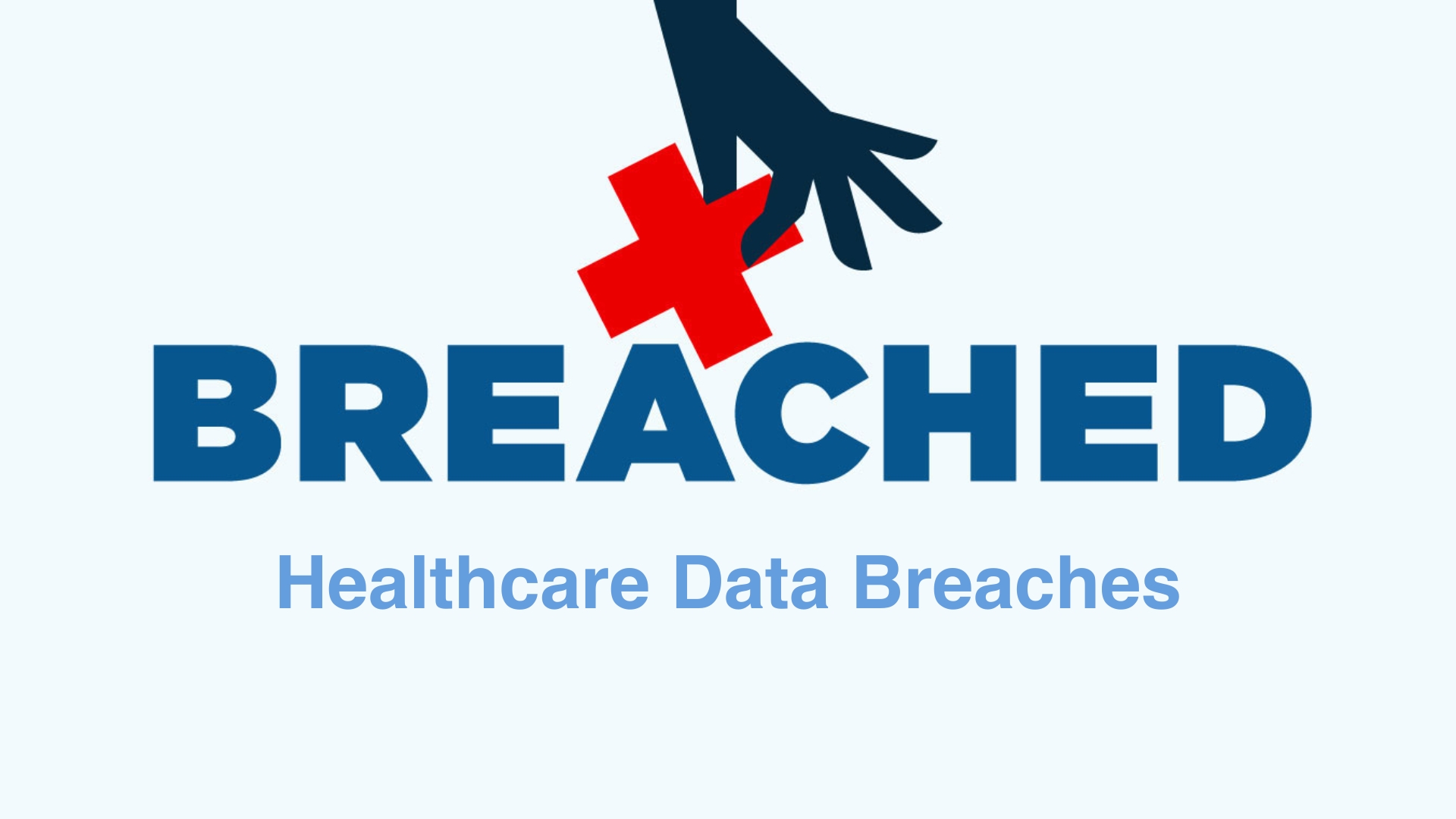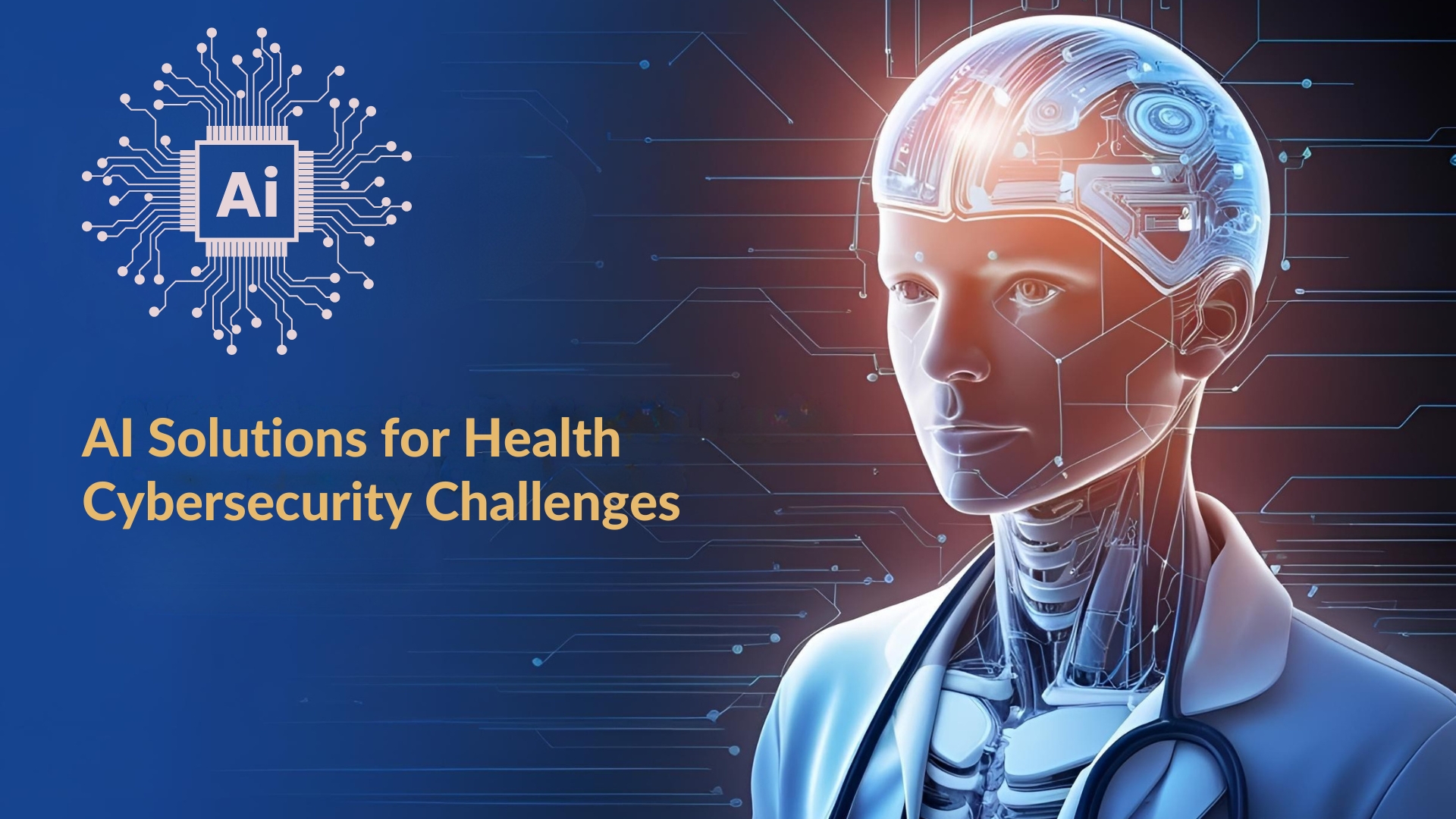The healthcare industry has become an increasingly attractive target for cybercriminals, resulting in an alarming surge in data breaches. These breaches have exposed sensitive patient data, threatened privacy, and cost billions of dollars in recovery efforts. The U.S. government is taking decisive action by rolling out new cybersecurity regulations to curb these incidents and protect critical healthcare infrastructure. Let’s dive into the details of this overhaul and its implications for the healthcare sector and beyond.
The Alarming Rise in Healthcare Data Breaches
Over the past few years, the healthcare sector has witnessed a drastic increase in ransomware attacks, phishing attempts, and other forms of cybercrime. Cybercriminals exploit vulnerabilities in hospital networks, healthcare providers, and pharmacies to access and lock sensitive patient data, which often falls under protected health information (PHI) as defined by the Health Insurance Portability and Accountability Act of 1996 (HIPAA).
Key Statistics Highlight the Magnitude
According to recent reports:
- 97% of healthcare organizations have experienced a breach in the last two years.
- 88% of providers faced repeated attacks over the same time period.
- Healthcare systems have spent billions of dollars on breach recovery and implementing preventive measures.
These figures highlight the seriousness of cybersecurity issues facing healthcare organizations and the increasing need for stricter regulations and proactive measures to protect health services and patient care.
Why Is the Healthcare Sector a Prime Target?
Cybercriminals often target healthcare systems for several compelling reasons:
- Value of Patient Data: Medical records hold a wealth of personal information, such as Social Security numbers, financial details, and medical history, making them more valuable to hackers than credit card data.
- Outdated Infrastructure: Many healthcare organizations rely on legacy systems that lack modern cybersecurity protections.
- Operational Dependency: Hospitals and emergency services cannot afford downtime, so they are more likely to pay ransoms to unlock their systems.
This combination of valuable data, outdated technology, and operational dependency makes the healthcare industry an appealing target for cybercriminals.
New Cybersecurity Regulations for the Healthcare Sector
The U.S. government has recognized the urgent need for enhanced cybersecurity solutions in healthcare. To address this, federal agencies are overhauling current regulations, creating stricter policies, and facilitating investments to secure sensitive data and critical systems. The Department of Health and Human Services (HHS) plays a pivotal role in this effort.
Key Areas of Focus for the New Regulations
Some significant elements of the cybersecurity regulation overhaul include:
- Mandatory Risk Assessments: Healthcare organizations must conduct regular cybersecurity risk assessments to identify and remediate weaknesses.
- More substantial Encryption Standards: Updated protocols ensure that sensitive patient data is encrypted in transit and at rest.
- Crisis Management Plans: Implementation of disaster recovery plans to minimize downtime and prevent costly interruptions during cyberattacks.
- Increased Federal Oversight: Enhanced monitoring by agencies like the Department of Health and Human Services (HHS) to ensure compliance.
These regulations aim to provide a more robust framework to prevent breaches, mitigate risks, and ensure that sensitive patient data remains secure under healthcare policies.
Impact on Healthcare Providers
The new regulations are bound to impact healthcare providers significantly, necessitating adjustments to their operational and technological landscapes.
Benefits for the Sector
While compliance may seem burdensome, the advantages of these updated regulations far outweigh the potential drawbacks:
- Improved Patient Trust: Securing patient data fosters trust, a vital component of healthcare delivery.
- Reduction in Financial Losses: Preventing breaches avoids costly recovery efforts and reputational harm.
- Resilient Infrastructure: Better cybersecurity awareness strengthens the overall IT ecosystem of healthcare providers.
Challenges Ahead
At the same time, the road to compliance is not without hurdles:
- High Costs: Smaller healthcare organizations may struggle to finance technology updates.
- Resource Limitations: Many healthcare providers are already stretched thin, making compliance challenging.
Despite these challenges, industry leaders and policymakers agree that failing to act would lead to increasingly severe consequences for healthcare trends and services.
Collaboration Between Public and Private Sectors
Federal agencies are fostering public-private partnerships to address the challenges of implementing new cybersecurity measures.
These collaborations include:
- Government Funding: Grants and subsidies to assist smaller organizations in meeting compliance standards.
- Information Sharing: Encouraging open communication between private healthcare providers and federal agencies to share threat intelligence.
- Cybersecurity Training: Roll out national training programs to ensure healthcare professionals are better educated on cybersecurity best practices.
Such collaborative initiatives are critical to leveling the playing field and ensuring that even the most resource-constrained healthcare facilities can meet cybersecurity standards.
Why Cybersecurity in Healthcare Matters
Healthcare data breaches impact more than just the targeted organizations—they compromise patients’ safety, privacy, and trust. A lack of cybersecurity can also lead to catastrophic consequences, such as disruptions to life-saving treatments and compromised emergency services. Bolstering the cybersecurity defenses of healthcare systems is essential to safeguarding individuals and the integrity of the nation’s critical infrastructure.
Conclusion
The surge in healthcare data breaches has served as a wake-up call for the U.S. government and the healthcare industry. Introducing new cybersecurity regulations is pivotal in protecting sensitive patient data and securing critical healthcare infrastructure. These regulations may present challenges, but their long-term benefits—enhanced security, patient trust, and operational resilience—make them indispensable for the future of healthcare.
As cybercriminals evolve their tactics, so must the security measures designed to thwart them. By investing in robust cybersecurity strategies now, healthcare providers can mitigate risks and build a safer and more trustworthy system for the patients they serve. The alignment of cybersecurity practices with HIPAA regulations further emphasizes the importance of safeguarding protected health information (PHI).







